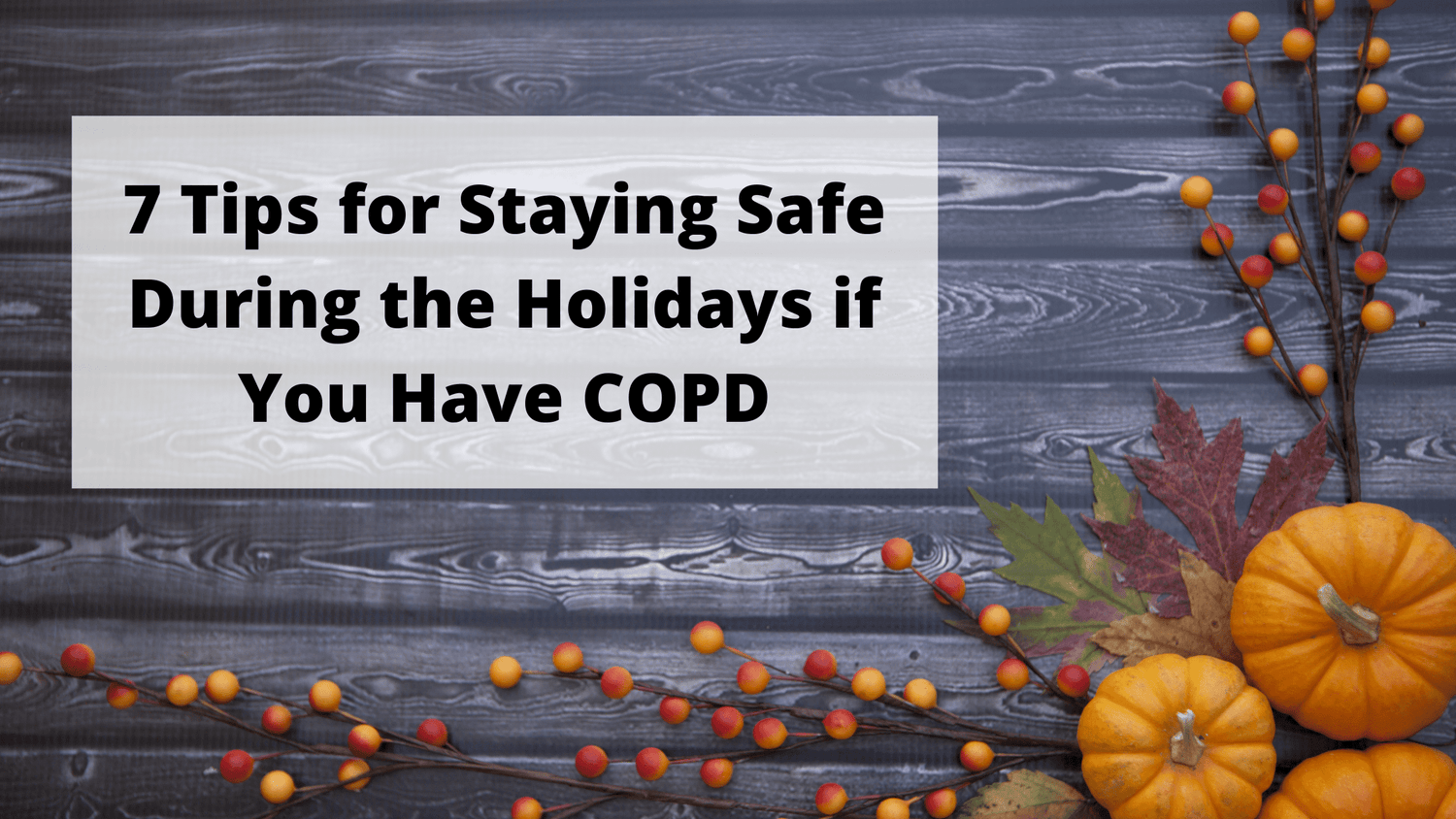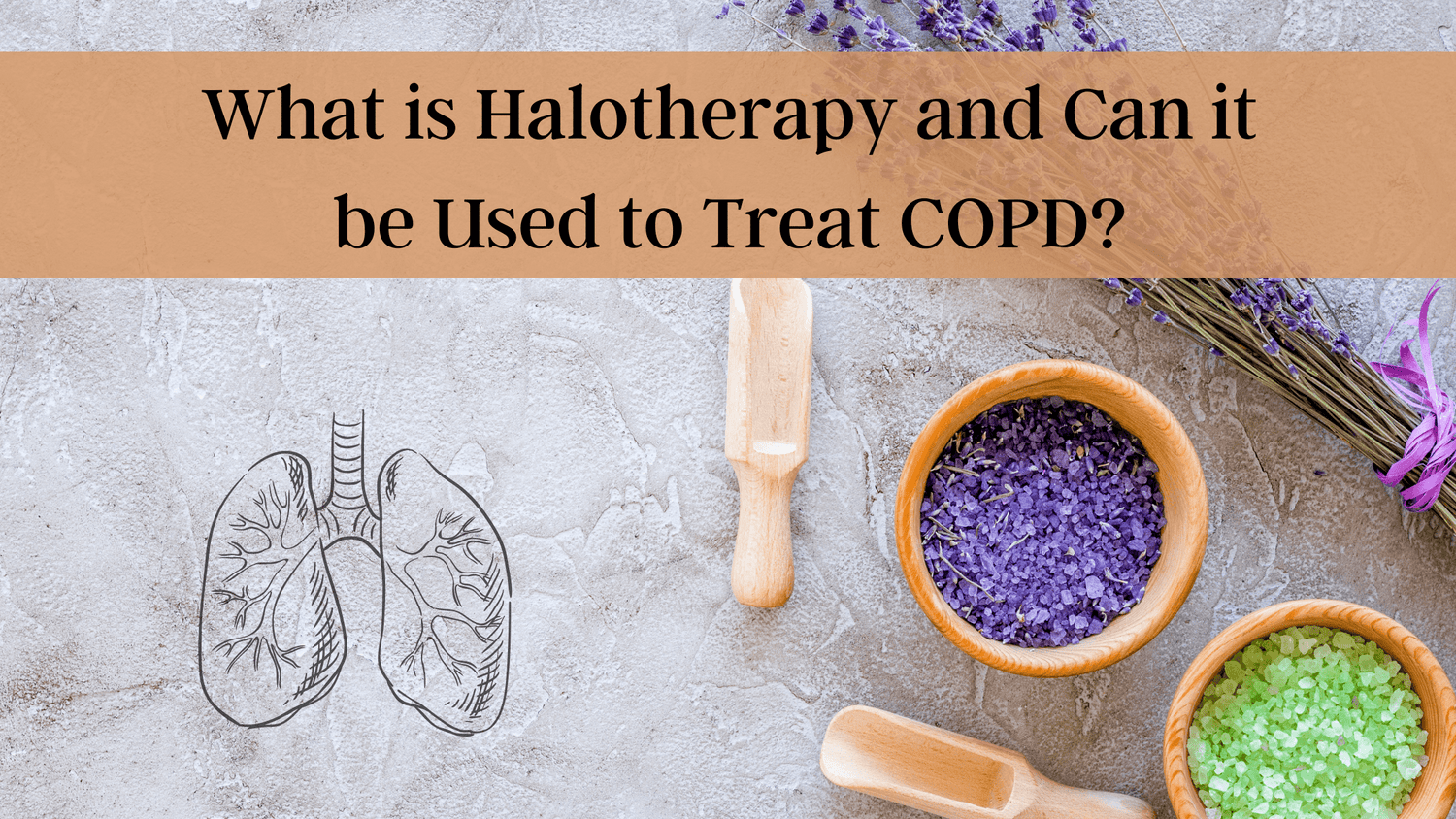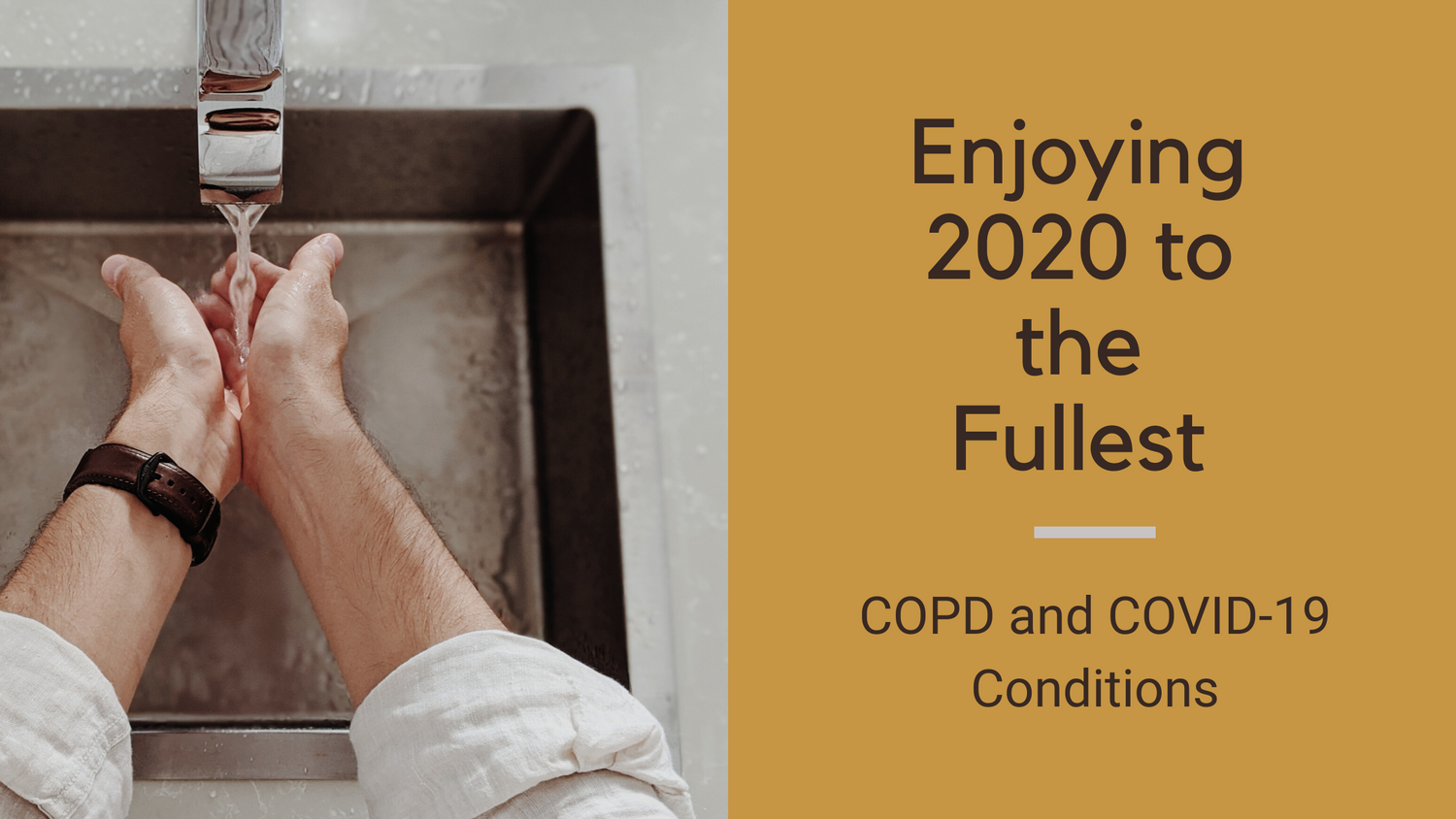Respiratory Resource Center - LPT Medical
7 Tips for Staying Safe During the Holidays if You Have COPD
From the novel coronavirus to devastating wildfires, 2020 has...
Read MoreWhat is Halotherapy and Can it be Used to Treat COPD?
Chronic obstructive pulmonary disease (COPD) is an umbrella term...
Read MoreEnjoying 2021 to the Fullest: COPD and COVID-19 Conditions
It is 2021, and no matter who you...
Read More


